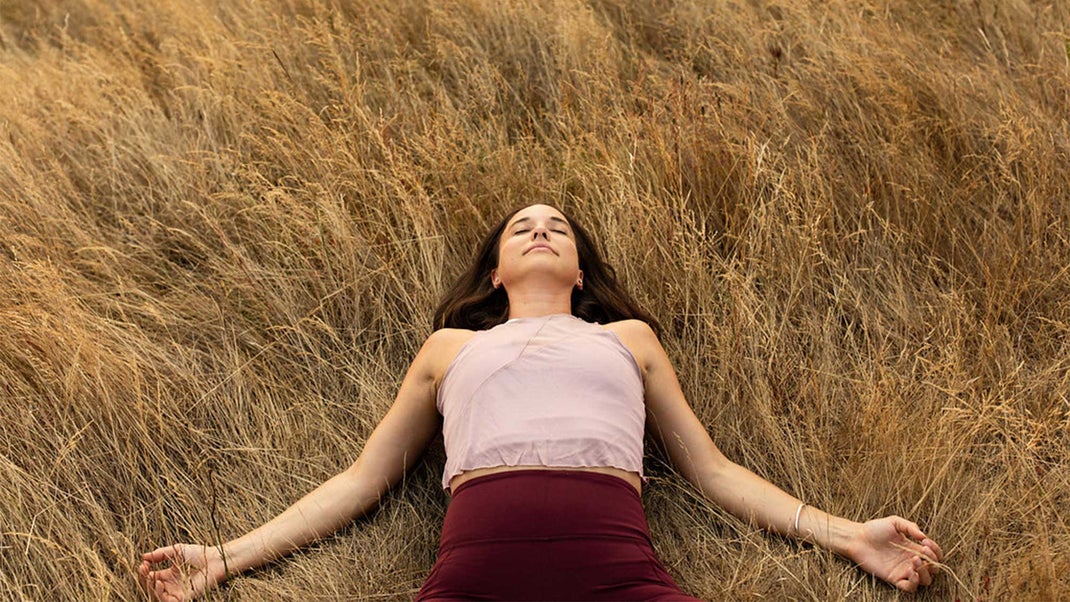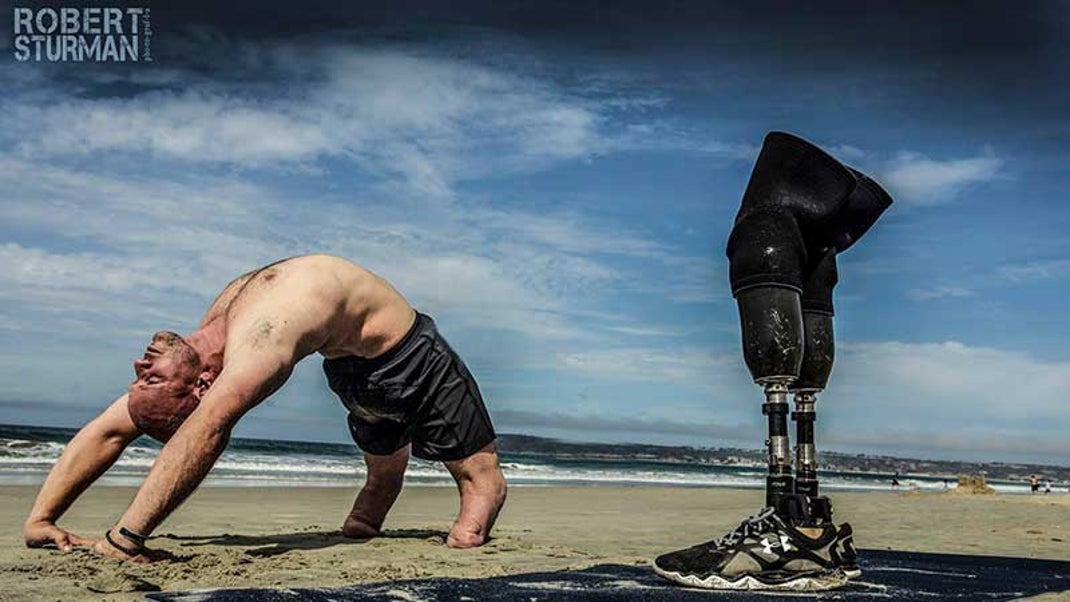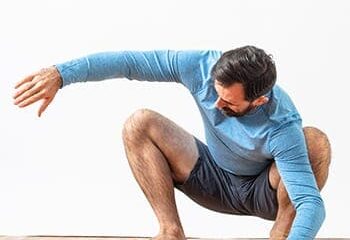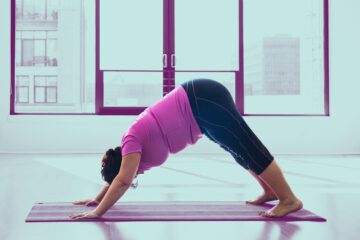If you’ve been practicing yoga for any length of time, chances are you’ve heard the word “savasana” thrown around a few times. The 10 top teachers in this article will tell you why it’s one of the most important poses in your practice. Whether you’re new to yoga or have been doing it for years, learn how to properly do savasana and reap all the benefits!
After teaching yoga in New York City for more than three years, I’ve realized that it doesn’t matter how early the class starts or whether or not the class ends exactly on time, there will always be one or two people who leave before Savasana. I get it: Skipping the final 10 minutes of class to get in the shower early or head out of the studio before the rush may seem like a smart idea. However, most teachers —including myself—say that Savasana is an essential pose, and one you should never skip.
Here, nine top yoga teachers talk about the incredible benefits of Savasana. Will they tempt you to stay?
Annie Carpenter, yoga teacher, and creator of SmartFLOW Yoga
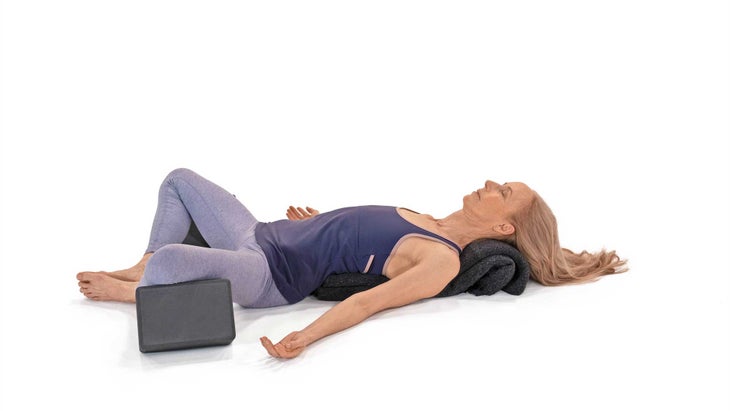 Christopher Dougherty
Christopher Dougherty
“Savasana is the great balancer in terms of our nervous system: while much of asana practice is designed to up-regulate the body, stimulate, and even provide healthy stress, Savasana is the down-regulator. It shifts away from the sympathetic nervous system to the parasympathetic side, and we experience a calming, sweet release. Over time, Savasana teaches us how—and that we can—move from anxiety and hyper-stimulation to this state of down-regulation where digestion, the immune system, and other essential systems are restored and enhanced.
“On another level, Savasana creates the opportunity to make peace with the fact of our mortality. As our breathing slows and becomes more shallow, we come to be conscious (as we are ready) that there will be the last breath. Practicing Savasana is a rehearsal for that last breath, that last moment, not in a morbid way, but rather heightening our awareness of our current state of aliveness, and inviting us to live fully.”
Heather Lilleston, co-founder of Yoga for Bad People
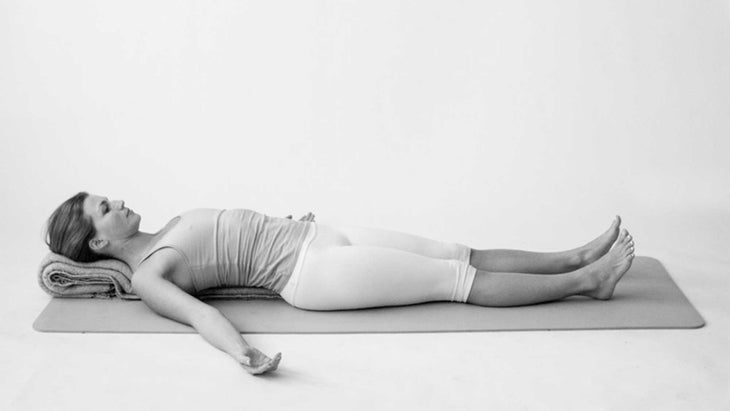
“My first yoga teacher, Sharon Gannon, always emphasized the importance of a complete 10-minute Savasana. Somewhere around minute 6, there is a profound shift in the body and in one’s mental chatter. Even with all the slow breathing and postures held during a general yoga class, there is still a lot of things to think about, feelings that pass through, and physical orientation that requires mental effort to be engaged in. The real quieting of the mind begins in Savasana.
“At minute six, the weight of the body drops. But not only that, the weight of the mind also drops. Ideally, the Vinyasa portion of class has calmed the nervous system down to the extent that it’s ready to step aside for a moment, to allow for another area of our being to surface. And that, I propose, is around minute 6 in a 10-minute Savasana. This is where you get to swim around in a calm body, quiet mind, and easy heart. If you want to know what that’s like, it’s pertinent to stay the full 10 minutes. But these words won’t matter unless you try it. You can only get into the palace by crossing the mote.”
Erica Mather, Forrest yoga teacher, and creator of Adore Your Body
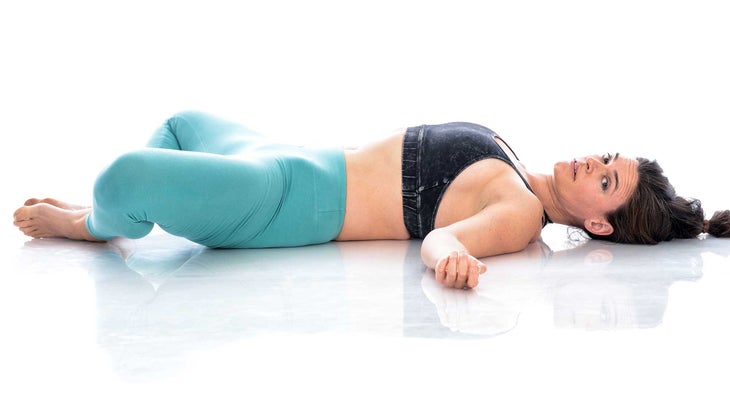 “Savasana is an important pose to help ‘remodel’ your body. The work of asana warms the body, and places forces on it in ways that start to break down physical habit patterns. When you rest in Savasana, the body cools in its ‘mold,’ which is anatomic neutral. Allowing the body to cool in this shape is a crucial reset for your whole physiology.”
“Savasana is an important pose to help ‘remodel’ your body. The work of asana warms the body, and places forces on it in ways that start to break down physical habit patterns. When you rest in Savasana, the body cools in its ‘mold,’ which is anatomic neutral. Allowing the body to cool in this shape is a crucial reset for your whole physiology.”
Noah Mazé, international yoga teacher and co-founder of YOGAMAZÉ
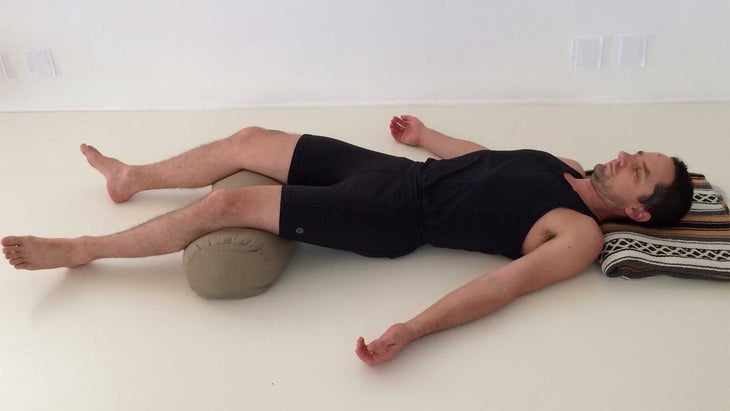 “Think of Savasana as a time of digestion, assimilation, and adaptation of all the information that your active practice has put into your body. You have moved in every direction and loaded the various muscular-skeletal structures in lots of ways. Give your body some time to process and assimilate all of that information, and to begin to adapt accordingly; your body will continue to adapt as you sleep that night and in the following days, ultimately becoming stronger and better able to carry the loads that you are asking it to.
“Think of Savasana as a time of digestion, assimilation, and adaptation of all the information that your active practice has put into your body. You have moved in every direction and loaded the various muscular-skeletal structures in lots of ways. Give your body some time to process and assimilate all of that information, and to begin to adapt accordingly; your body will continue to adapt as you sleep that night and in the following days, ultimately becoming stronger and better able to carry the loads that you are asking it to.
“Savasana stimulates the parasympathetic nervous system (your rest and digest response) and calms your sympathetic nervous system (your fight, flight, and freeze response). You will be deeply chilled out after Savasana, and everyone around you will appreciate you even more.”
Rodney Yee, yoga teacher and co-chair of the Urban Zen Health and Wellness Initiative
 “In my mind, the three most important poses in modern yoga are Tadasana, Siddhasana, and Savasana. Savasana is the absence of all patterns—neurological, emotional, and physical. It is the ultimate release of the known and unknown world, where awareness is all that is left, without the illusion of the separation of the seer. The world as a whole appears without the subject of ‘I.’
“In my mind, the three most important poses in modern yoga are Tadasana, Siddhasana, and Savasana. Savasana is the absence of all patterns—neurological, emotional, and physical. It is the ultimate release of the known and unknown world, where awareness is all that is left, without the illusion of the separation of the seer. The world as a whole appears without the subject of ‘I.’
“One should relish the emptiness of the small self for peace and overwhelming joy. When one disappears, there is no possibility of being or leaving.”
Tiffany Cruikshank, yoga teacher and founder of Yoga Medicine
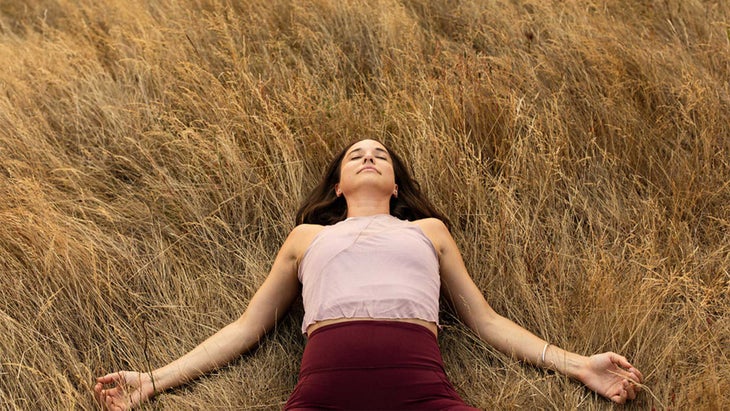
“In Savasana, the body and mind get a chance to take in and integrate the effects of the practice. It’s also an important practice for the nervous system to recalibrate and reset, which we know is so important in our busy, stressful lives.”
Sara Clark, yoga and mindfulness teacher
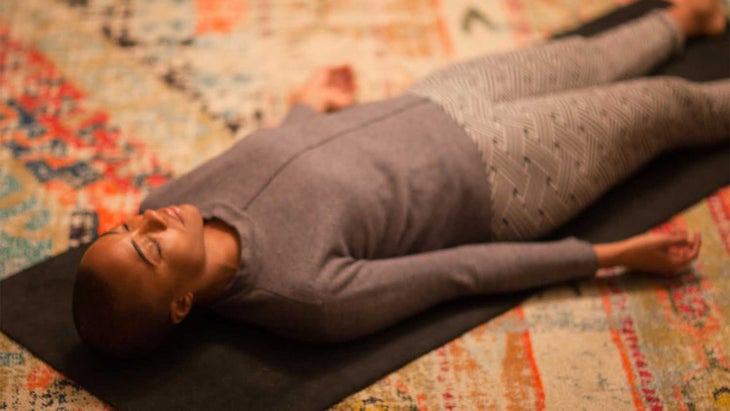
“Our world is speeding up and our yoga classes are, too. Inviting the mind and body to experience Savasana can feel like an impossible task. But this is the practice. Being with the discomfort of resting in the present moment—and to rest with yourself compassionately and without judgment and simply witness all that is happening around and within you—is the essence of yoga.
“You are more than deserving of Savasana. Your nervous system will thank you. Learning how to be still in a busy world is one of the greatest gifts you can give yourself.”
Eoin Finn, yoga teacher and founder of Blissology Yoga
 “Missing Savasana is like taking the time to mix a cake batter but not stick it in the oven to bake. This small chunk of time completely changes the mental and physical benefits of the practice. This is when we actually have energy restored instead of the energy being drained.
“Missing Savasana is like taking the time to mix a cake batter but not stick it in the oven to bake. This small chunk of time completely changes the mental and physical benefits of the practice. This is when we actually have energy restored instead of the energy being drained.
“Savasana is when our nervous system can switch to parasympathetic tone that is essential to the body’s ability to repair and reset itself. Mentally, when the body finally becomes tension-free, the mind has a chance to follow suit and become clear and clutter-free. This allows us to function better in our lives and to tune into the real mission of yoga; to become connected to a higher power called Love.”
Kino MacGregor, yoga teacher and founder of Omstars
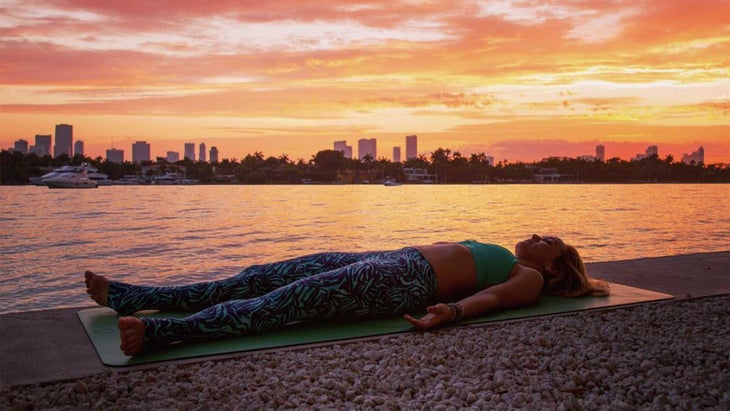
“After a deep yoga practice, the best thing to do is let the body settle—and the perfect pose for that is the resting pose known as Savasana. So many students, myself included, often feel like we have to shorten our rest time after practice, but that takes the sweetness out of the whole experience. It’s only after the actual practice is finished that the deep healing energies really integrate.
“If you pop up without allowing these subtle forces to work, you may feel overly tired or emotionally unbalanced throughout the day. Plus, no matter what poses you do or what shapes you make, there is always a wave of happiness, joy, and peace waiting for you at the end. Bask in it for as long as possible.”
Ty Landrum, Ashtanga yoga teacher, and director of the Yoga Workshop in Boulder, Colorado
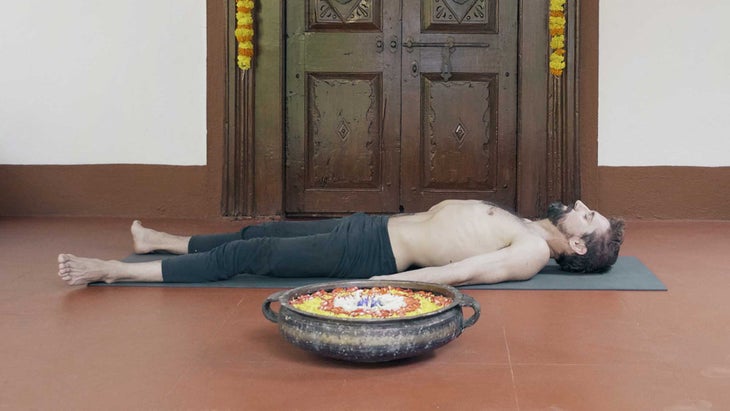
Nikhil Kripalani
“The importance of Savasana is that of making space for the dust of the mind to settle and allowing the fragments of thought, emotion, and memory that were unearthed during the practice to break apart and dissolve. When we give space to these fragments, they release the psychical forces contained within them, and those forces are then absorbed back into the subtle body, which then resonates with new creative potential. Having given ourselves over to this natural process, we may emerge feeling lighter, more lucid, and renewed.”
Conclusion:
10 yoga teachers explain why it’s crucial to savasana and the important benefits of the pose.
